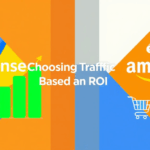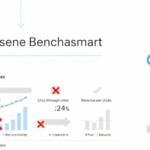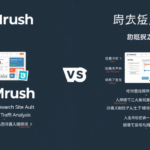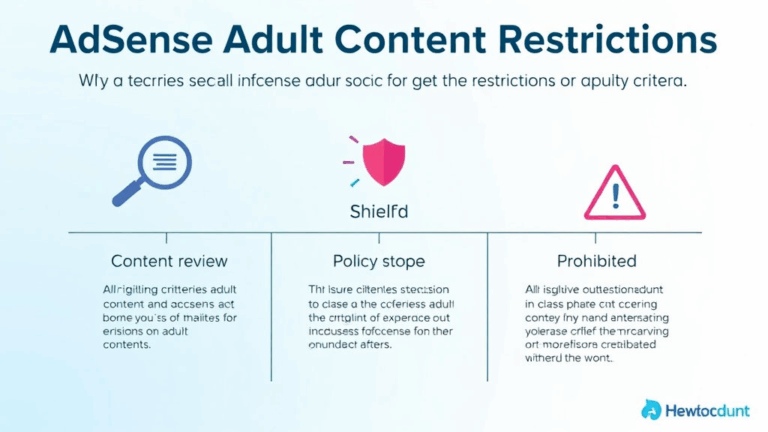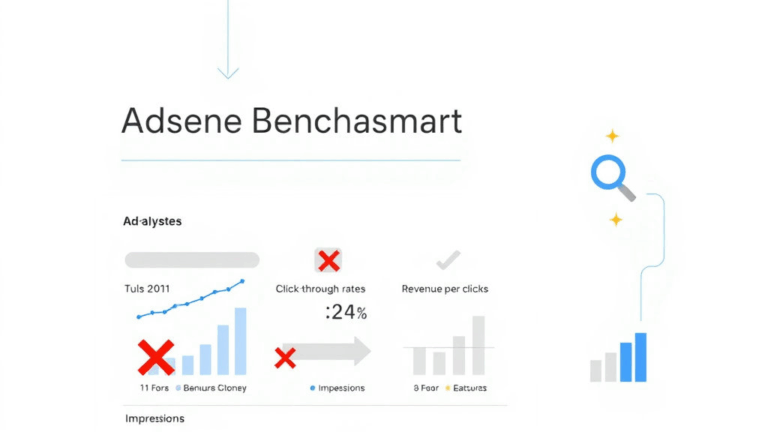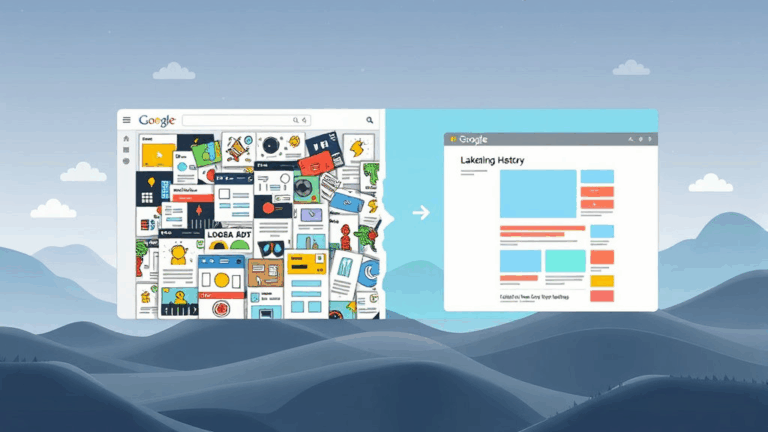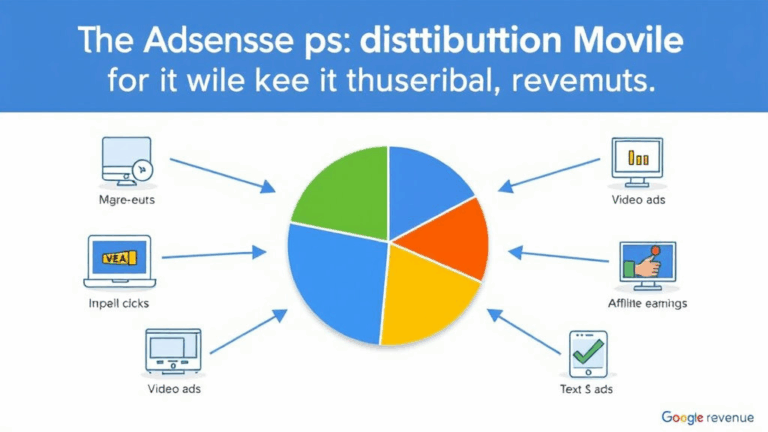How Micro-Targeted Ads on AdSense Actually Work (Sometimes)
What User Signals Actually Drive Micro-Targeted AdSense Placement
Let’s be honest: most publishers still operate under the assumption that AdSense is mostly contextual. You write about camping gear, someone sees a tent ad. Cute idea. That worked in 2008.
Now, user signals are the juice — behavioral signals, device patterns, maybe even file-sharing history. Obviously, Google never says exactly what they pull, but from patterns I’ve seen across several high-traffic sites I run, the influence of past user click paths and Chrome-linked session behavior is way more aggressive than anyone’s admitting.
Case in point: I had an AdSense block on a finance blog that was showing pregnancy test ads. Not even near relevant. Turns out, the user activity from logged-in Chrome users was enough to trigger targeting based on prior shopping behavior — and yes, that includes cross-device signals synced via Google account activity.
The hardest part? There’s no transparent control panel. Your ad requests are wrapped in this auto-personalization logic, but there’s no real-time visibility unless you’re dealing with Ad Manager + heavy logging. Expect some surprise relevance twists — and just pretend to be okay with that.
AdSense Experiments Don’t Always Respect Targeting Setups
I’ve lost a full weekend once because Experiments decided to override my ad channel filters. I had set up a hyper-filtered placement strategy that specifically chose inventory set only to mid-funnel URLs. Out of nowhere, revenue drops and click-throughs go off a cliff. Turns out, Google was testing layout swaps for the sidebar unit and started auto-injecting alternate headlines that shifted the contextual signal just enough.
Also fun: AdSense A/B experiments sometimes pull in high-CPM display ads intended for different demographic profiles — even if you’re mid-experiment. It’s like cooking two soups and someone keeps dumping random spices into both halfway through.
This stuff matters when you’re trying to target micro-intent keywords — like serving high-value cloud migration ads to users browsing SaaS pricing calculators. My fix? I started disabling most layout-based experiments entirely for key URLs and went fully manual on ad unit formatting within specific templates. It’s a trust issue now. They say it won’t affect revenue — but that’s only true if you’re running slapdash content farms.
Personalized Ads Still Leak Intent Data In Weird Ways
Even anonymized, your visitors bleed signals. Mobile visitors who just got off an airline booking site will drag in travel ads fast, even if you’re running a site about used cars. That’s not the bad part — the part that made me wince was when I saw dating site ads showing up under articles about debugging Node.js builds… because the JavaScript-heavy devs had prior sessions on dating platforms that AdSense linked to via Google account context.
Anyone who says these ads are context-neutral is either new or towing the SEO agency party line. I tested site-wide exclusions for entire verticals, and about 30% of that traffic still pulled in ads I clearly blocked. Not always, but just enough to break any pattern.
There’s a behavioral feedback loop happening — users bounce faster if they see obviously mis-targeted ads, and then AdSense starts pulling in even weirder placements as bounce and scroll depth drops. It’s like you get locked in a cycle of bad optimization data.
AdSense Cookie Logic Changes Subtly Per Browser
Chrome gives AdSense a buffet. Safari? You’re working with stale bread and expired milk. Safari’s ITP (Intelligent Tracking Prevention) restricts most cookies to 7 days, OSX plus content blockers can kill almost everything that makes micro-targeting work. I once loaded a client site in Firefox with uBlock Origin on, and the ad request still pulled in accurate geo-personalized travel credit card promos. Same site in Safari? White space. Just… white space.
Weirdest part? On iOS Safari, AdSense sometimes picks up the language of the OS rather than the content of the page—or the referrer—even if it’s explicitly set. Took me three days of testing to realize that Spanish-language visitors in the EU weren’t getting regionally tagged ads unless they visited via a direct non-search link. It was the referrer chain that controlled the final targeting logic.
Quick tips if you’re testing across browsers:
- Use direct links and bookmarks to test uncorrupted sessions in Safari
- Try mobile Safari + Private Mode + tracking off to simulate ultra-restricted targeting
- Test with US location + German language in Chrome → you’ll see where contextual fails vs behavioral wins
- Use lighthouse performance reports — they sometimes show tag-level blockages
- Random ad block extensions (even ones “disabled”) skew data — disable fully via clean profiles
I don’t trust any cross-browser test now unless I’m manually viewing source, cookies, and request headers. Trust but verify? Nah. Just verify.
One Underdocumented Edge Case: Multi-Geo Overlap in Ad Logic
This one was a head-scratcher. I had a VPN test run on a multilingual blog where users looked like they were from France, but had en-us browser settings and ad click histories from Latin America (guessing they were ex-pats or serial VPNers). Instead of defaulting to one locale, AdSense started hybrid-serving creatives. I literally saw a Brazilian bank ad… in English… with a French CTA button.
This must be some weird fallback logic in the ad auction, where there’s no dominant inferred geo-language combo. Maybe Google’s trying to serve “maximum plausible intent” by mixing ad variants, but it just ends up looking broken. Support forums are useless on this one — no mention anywhere in any help docs. Just saw it happen, ran the headers, and gave up calling it a fluke after the third time.
My fix? I now force lang attributes on the <html> tag AND set region-targeted rules via AdSense’s country-level blocking (which is buried two menus deep, because of course it is). Seems to reduce the hybrid mishmash behavior.
Device Type Plays Into Targeting More Aggressively Than You’d Think
Try this: Open the same local news blog on a 2017 Android tablet with Chrome, and again on a new MacBook Pro with Safari. The ads are entirely different — even if the rest of the behavior (account history, IP, and geolocation) stays the same. Ad inventory skew is clearly affected by expected input type. My guess? It’s not just screen size, it’s session length expectations and perceived buying power.
I once ran a test on a Chromebook I use solely for YouTube — and somehow every other site started getting served with mid-funnel fitness ads. Meanwhile, the same AdSense unit on desktop pulls in B2B leadgen trash. The system is filtering available creatives based on assumed conversion rates by device type, even before you factor keyword relevance.
Here’s the kicker: users on older Androids see more app install banners; newer Samsung users get finance or crypto wallets more often. This isn’t in the docs. You only see it once your traffic volume is high enough for trends to emerge—and you actually look for them.
When Data Layer Conflicts Bork Targeting Altogether
There’s this silent war between custom data layers and AdSense’s invisible context matching. I use GTM heavily, and the moment you start pushing dynamic props for user intent, scroll position, product interest — you can accidentally overshadow the normal targeting context if those vars don’t match what Google’s ad logic expects.
Real story: I had a spa booking site running GTM-enhanced ecommerce tags. Worked great until we added a dataLayer.push with a field named userType: 'anonymous_guest'. That stupid property triggered some weird heuristic and suddenly the page started pulling only low-CPM, mass-market affiliate ads. Kill that one field, targeting normalized. No documentation ever mentioned this. Googlebot may not see the dataLayer, but the ad script clearly does — or shares memory context somewhere in tag-manager execution.
If your ad targeting gets dumb after GA4 pushes:
- Audit your global JS vars, not just in GTM
- Check for name collisions: things like “userGender” or “authState” may auto-trigger segments
- Don’t inject irrelevant page-type signals unless you want those embedded in the AdSense inference
- If you suspect corruption, load the page with AdSense disabled and compare logical flow. You’ll learn fast what’s tanking the match.
Don’t assume they’re separate systems. If it’s running in the same runtime and firing on page load, it gets a vote in the auction.

